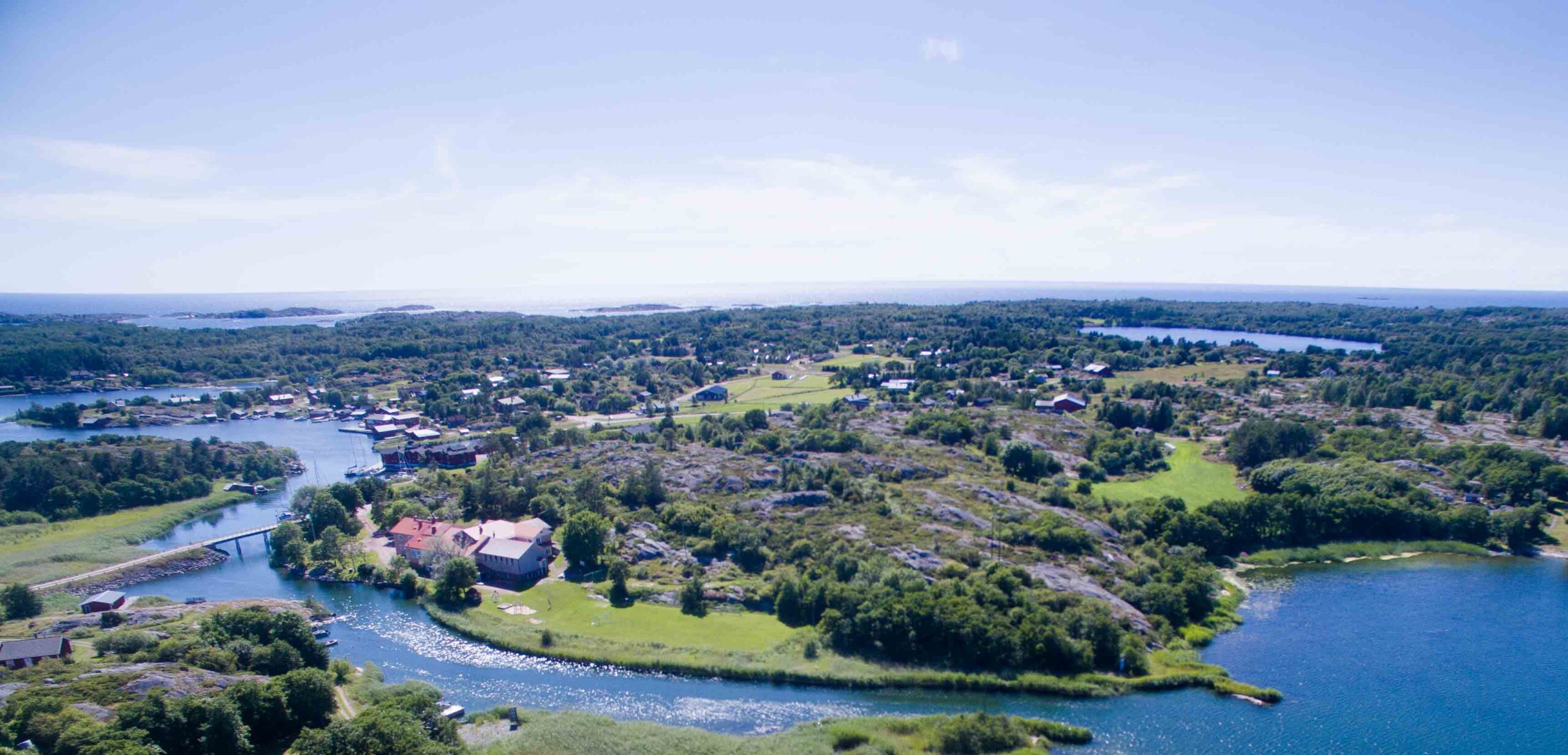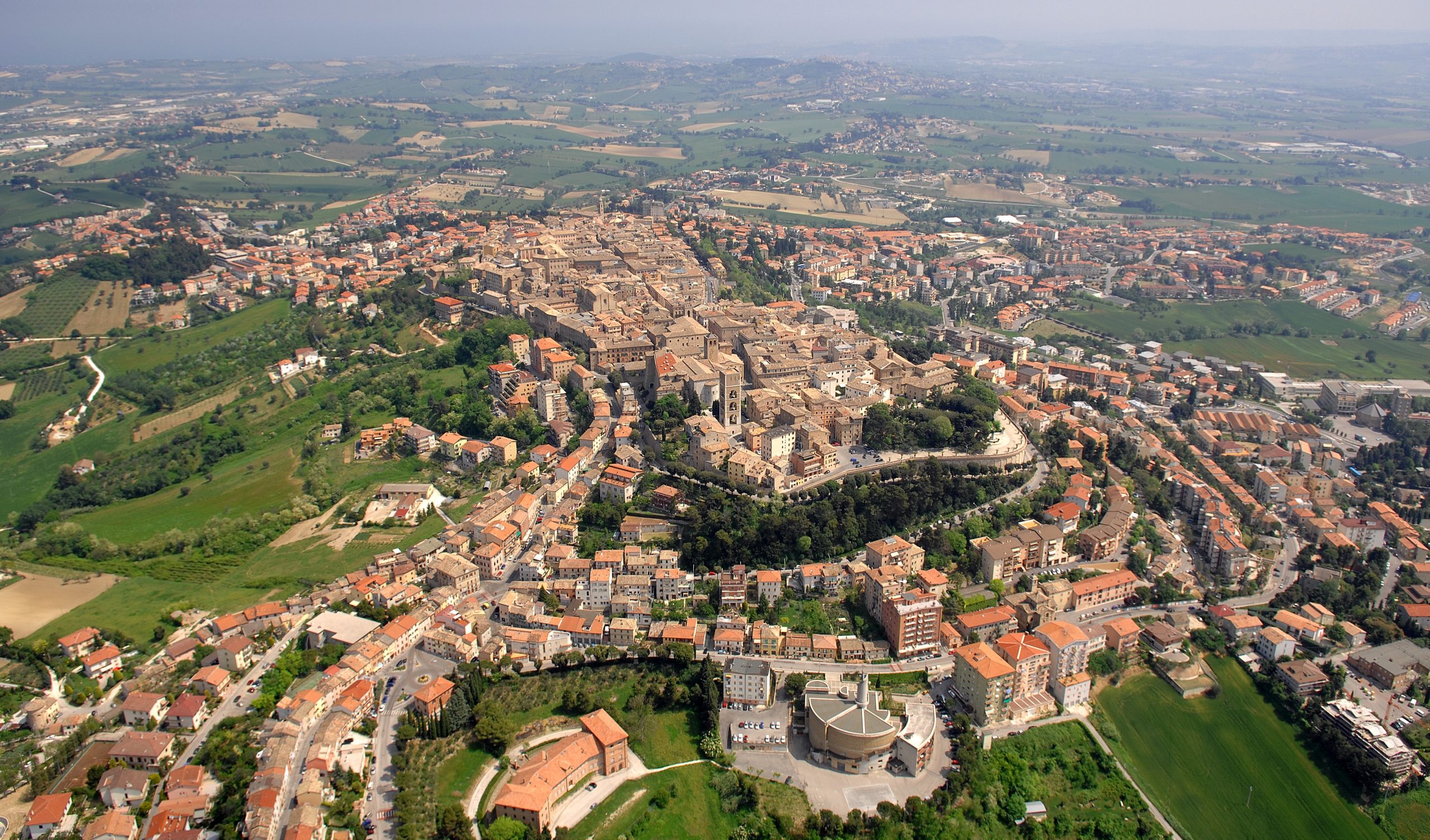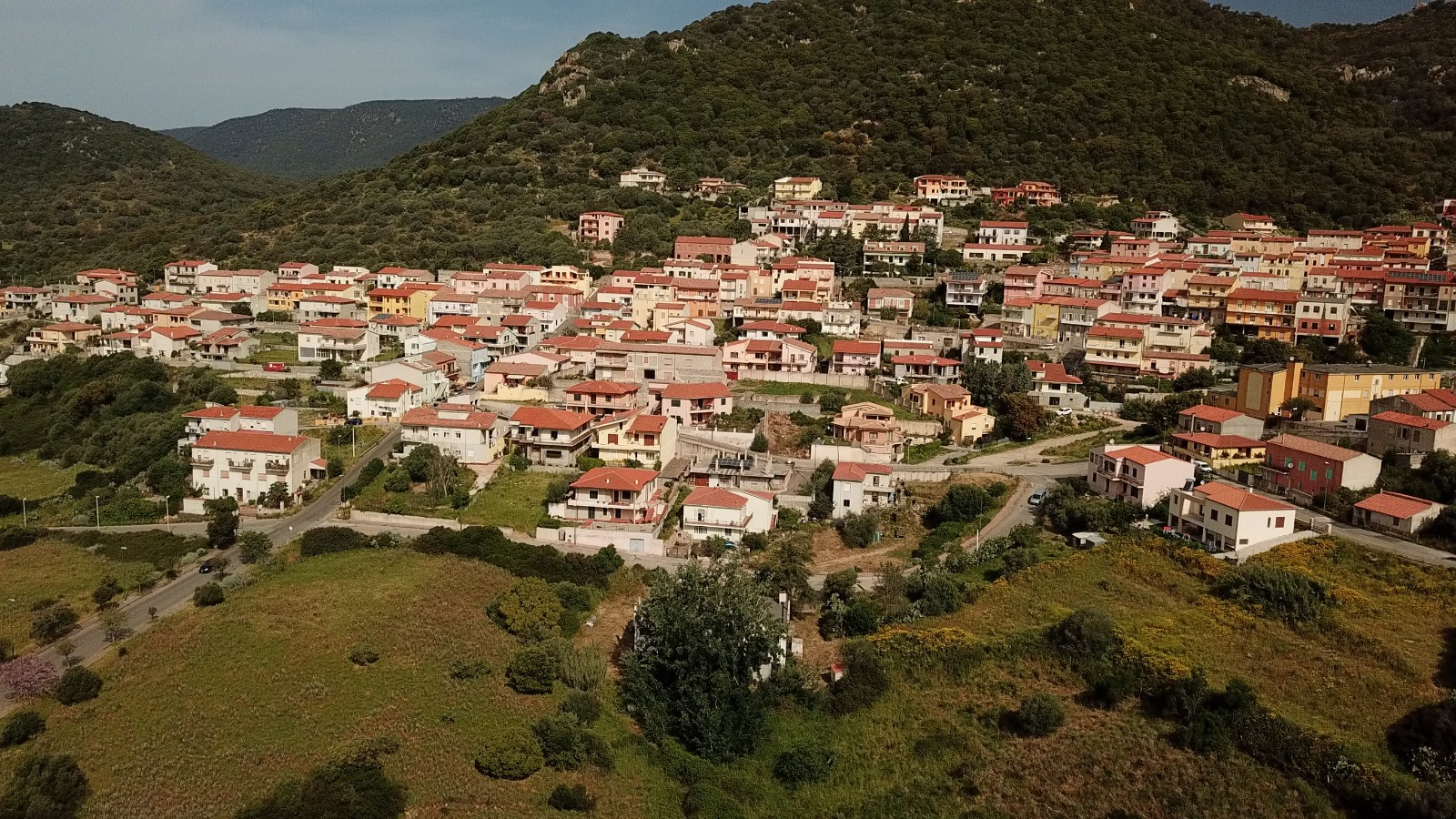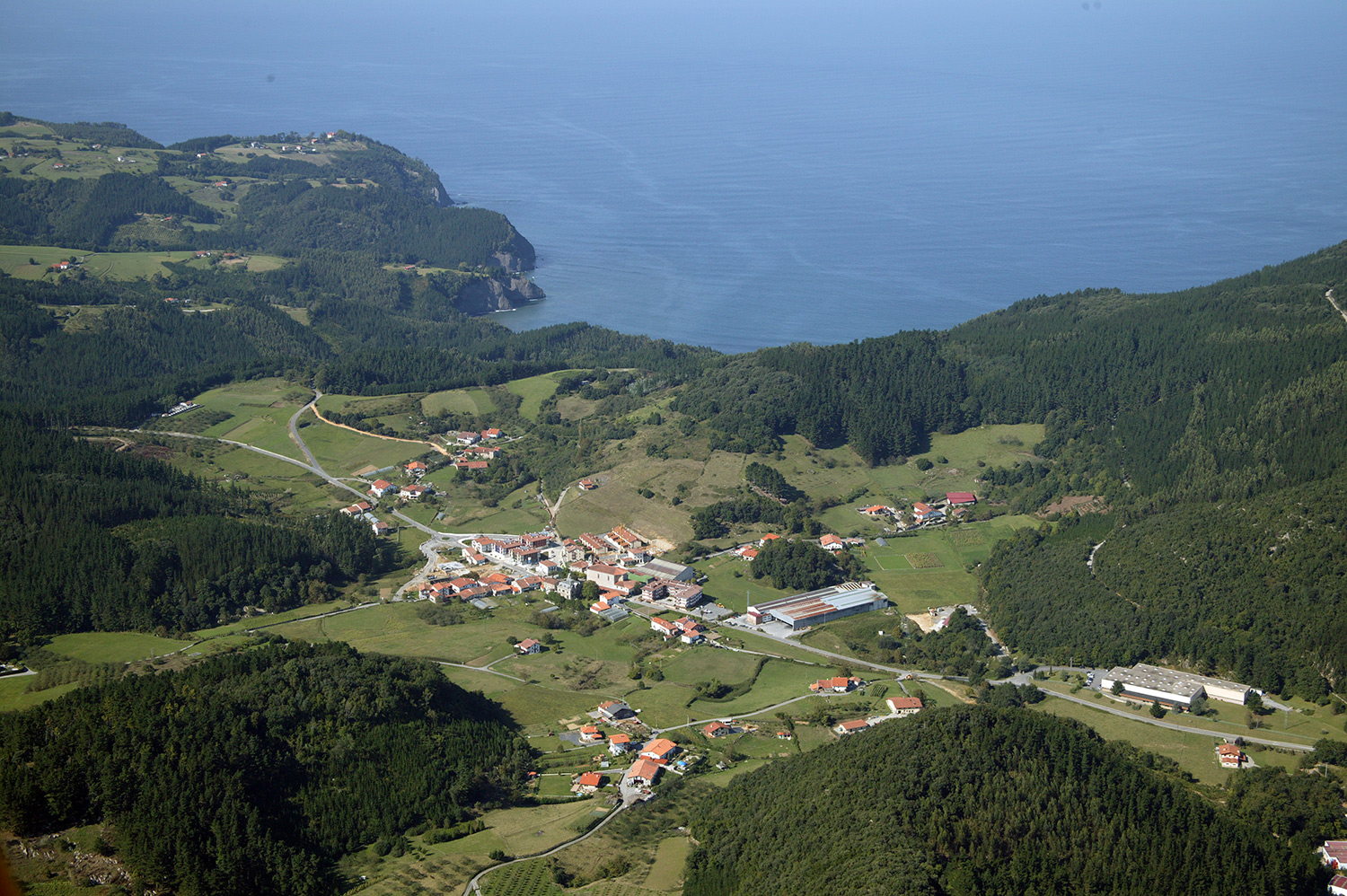

Ollersdorf

Ollersdorf is located in the South-East of Austria and has a population of about 1,000 inhabitants. 200 of them are already part of several activities to further increase the integration of Renewable Energy Sources. The area is mostly agricultural in terms of economic activity, with no industries settled there.
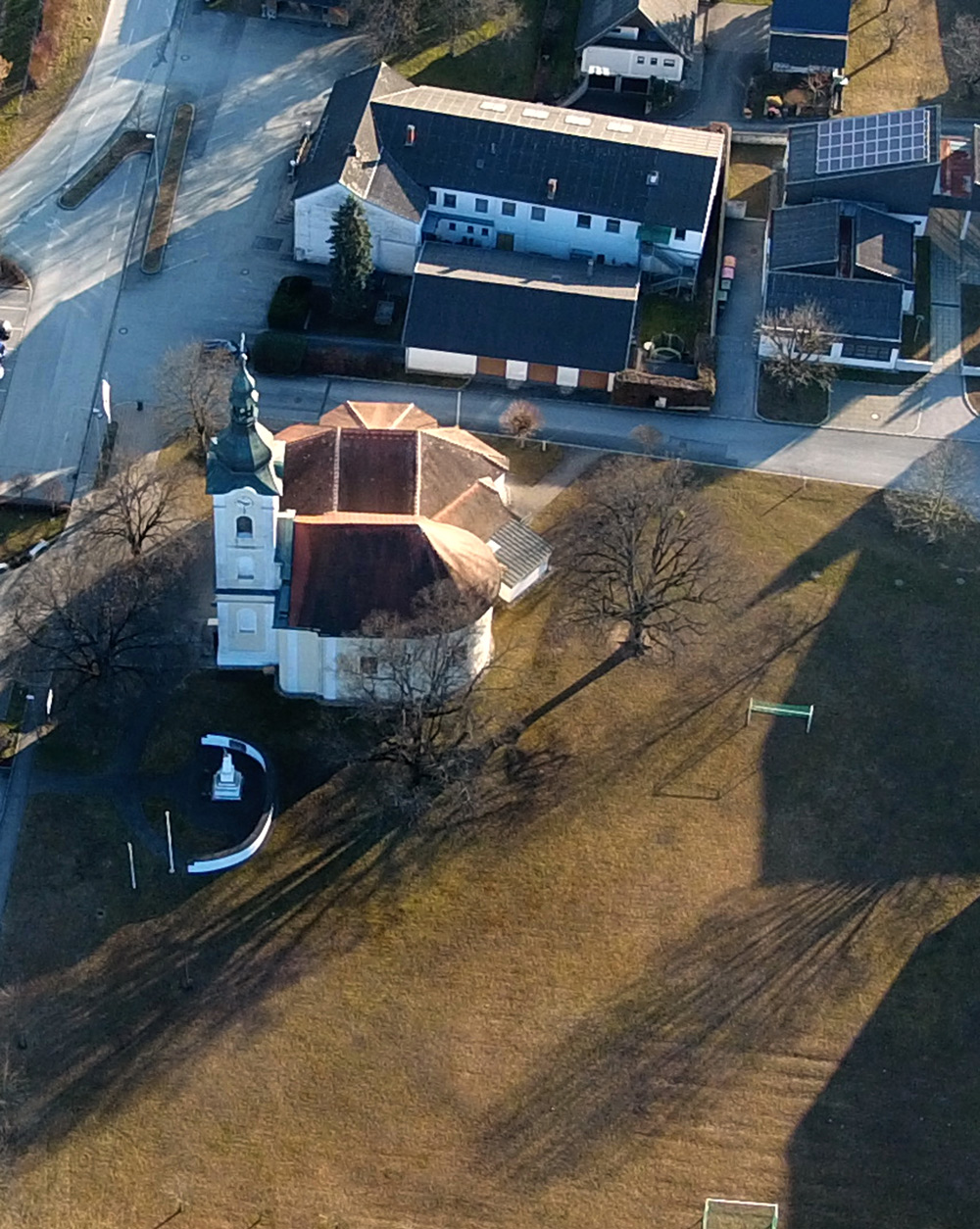
The municipality of Ollersdorf is part of the Klima- und Energie Modellregion (Climate and Energy Model Region) “KEM Golf und Thermenregion Stegersbach” , and is also part of the Innovation Lab act4.energy, which is an initiative of the Austrian Ministry of Climate Action in the program “City of Tomorrow”. As such, Ollersdorf has a clear strategy to focus on renewable energy and becoming a smart municipality.
Demonstration actions
Ollersdorf aims to set-up an energy community for sharing the locally produced energy, increase the share of RES and to couple different energy sectors, such as electricity and mobility, while increasing the resilience of the energy system during blackout events. To that end, following technical and non-technical measures will be implemented in Ollersdorf demo site:
Local actors and stakeholders will be further engaged to implement a renewable local energy community addressing the private owners of RES, energy storages and e-vehicles as prosumers. The community will not be restricted to the sharing and exchanging of electricity, but it will also consider activities concerning power-to-heat using heat pumps and EV charging.
An ICT infrastructure will be implemented for the smart operation of the local energy system, which will optimize the electricity system operation.
Control algorithms will be developed and deployed to optimize the energy flows within the REC, as well as to maximize the integration of local resources, including RES, electric vehicles or storage systems. Also, blackout strategies will be defined, validated and deployed to increase the resilience of the energy community during potential blackout events.
A new visualization system will be designed and deployed to be installed in the current public facilities of the smart street showcase in Ollersdorf to inform the citizens about relevant events and community-related information: blackout-events, generated energy within the community, number of electric vehicles charged and used energy or announcement of project-related events.
A targeted flow management system based on local flexibilities (behind the Grid-meter) will be developed, enabling the REC to share its own flexibilities in case of emergency or to supply other participants within the community. In addition, a virtual P2P (Peer-to-Peer) subsystem will be implemented based on calculated load flows within the REC. This enables a visual representation to where the participants energy is transferred to.
Different scenarios for future investments and for the optimal generation mix to reduce the dependence of Ollersdorf from the main transmission line will be developed. This includes benchmarking, comparison of different assumptions or estimating probability of blackouts and modelling suites to explore the pathways to long-term climate–energy policies. Furthermore, this includes the identification of the measures and strategies to update the local electric grid to allow these changes.
Read next
Kökar
Kökar is a small archipelago municipality of Åland Islands with a total land area of 64 km². The population of Kökar island is officially 234 persons (2018), but the actual number of inhabitants ranges from 160-170 in wintertime to 1,000 in summertime. This island municipality is visited by around 18,000 tourists along the year, which results in high volatility and puts extra demand on the flexibility of the infrastructure. Kökar takes part in the CE4EUI (Clean Energy For EU Islands) and published its clean energy transition agenda in summer 2020. Furthermore, Kökar has been selected as one of 20 islands in Europe that will act as pioneers in the work of reducing CO2 emissions.
Kökar became a fellow case in April 2024, due to local minority driven delays of technical activities.
Osimo
Osimo is a charming town perched on a hill overlooking the Adriatic Sea in the Marche region of central Italy. With a population of approximately 35,000, it covers an area of 106 km2 and sits at an average altitude of 265 meters.
Berchidda
Berchidda is a 3000 inhabitants village located on the southern slopes of Mount Limbara, in the north of Sardinia Island. The land covers approx. 201 km2 and it is located at an average altitude of 300 m, with a wide hilly area in a radius of almost 20km. The anthropic structures, vegetation and climatic conditions are typical for the inland areas of Sardinia, with average temperatures of 15°C.
Ispaster
Ispaster is a small village located in the coast of Bizkaia, in the north of Spain. With a municipal area of 22 km², Ispaster has a population of 740 inhabitants, of which 350 are concentrated in the main neighborhood of Eleixalde.
